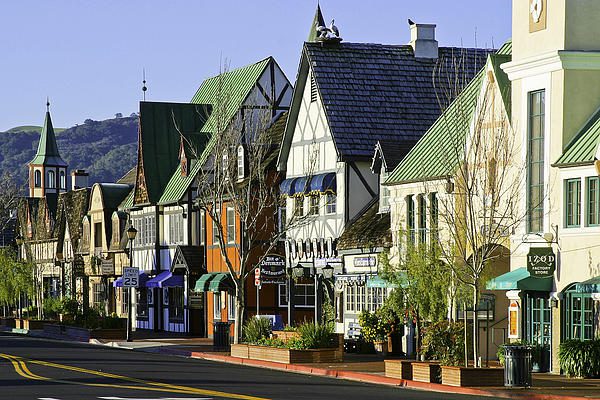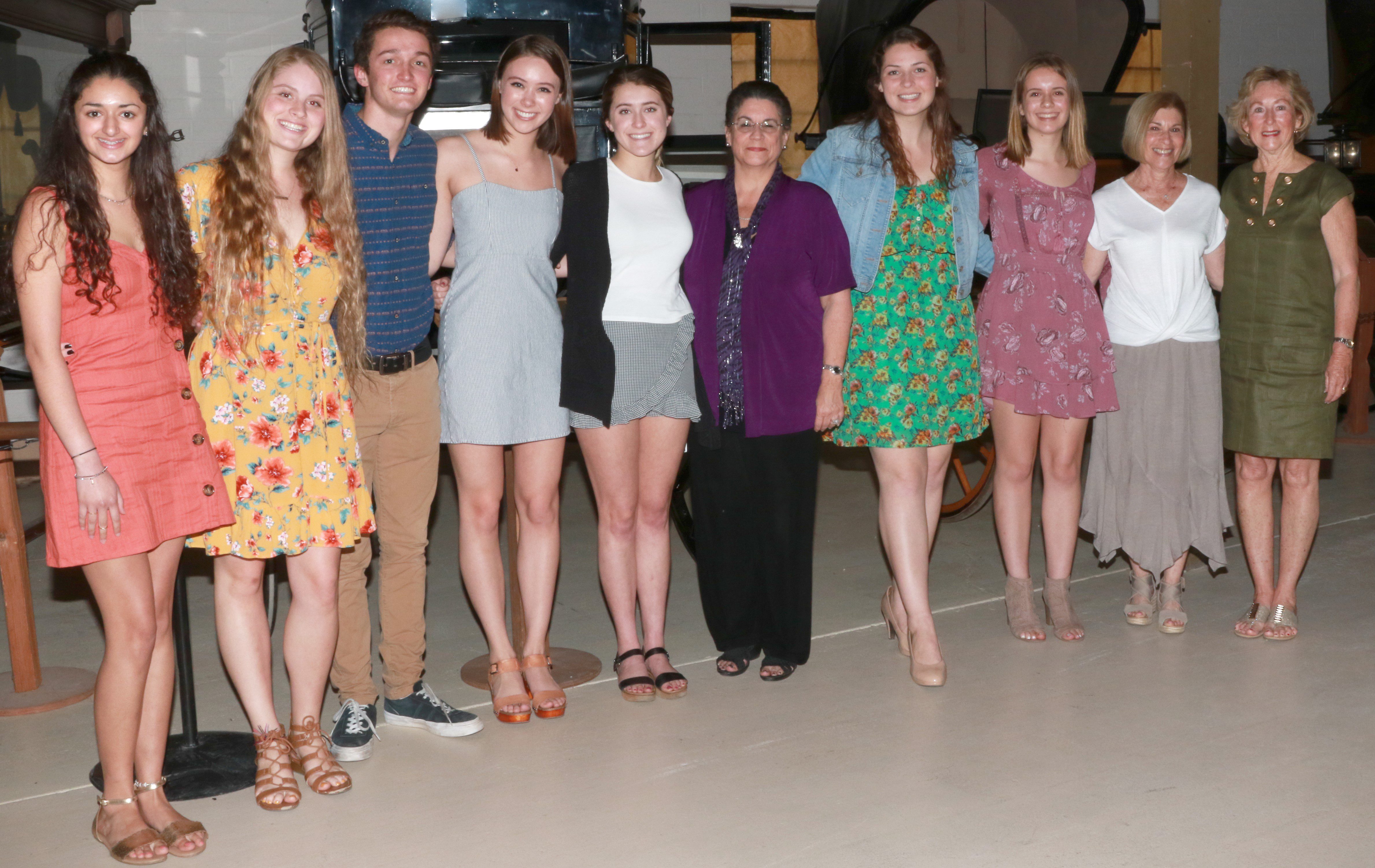By Victoria Martinez
The five members of the Solvang City Council tried to find common ground with each other during an all-day retreat and goal-setting work session at Hotel Corque on Saturday, June 22.
The council chose to focus on goals related to economic development, fiscal responsibility, traffic, water and wastewater, and parks and recreation.
The retreat was facilitated by Don Maruska, a workshop facilitator and management coach, who had met before the retreat with council members individually to discuss what city goals they’d like to set for fiscal year 2019-20, which begins July 1.
Members of the community were also invited to submit their thoughts on the city’s goals both before and during the public comment portion of the retreat.
The retreat came more than six months after the current council members began their terms but only two months after David Gassaway began his job as city manager. Because of the delay in setting goals, the council expects to make budget adjustments to better align with their goals after the fiscal year begins.
The day kicked off with comments from Mayor Ryan Toussaint.
“Good government includes transparency,” Toussaint said. “Transparency means an agreement among the people and their elected officials on a set of goals, short-term, mid-term, and long-term goals, and the strategies for achieving those goals.”
Toussaint went on to describe his vision for what he and some other members of the council have been referring to as “Solvang 2.0.”
As council members delved into their discussions about goals and priorities for the next year, they tried to balance their individual visions for the city and the necessity for them to work well as a group.
“I think we are coming across to the public as divided,” Councilmember Karen Waite said. “I want to put an end to that.”
“Cohesive would be wonderful,” Councilmember Robert Clarke said when asked what he’d like to accomplish, “but common sense … common sense in everything we do.”
“I think the entire council wants the best for Solvang,” Councilmember Daniel Johnson said.
The council spent most of the day trying to focus on goals in the areas of economic development, fiscal responsibility, traffic, parks and recreation, and water, wastewater and infrastructure that staff could practically address during the 2019-20 fiscal year.
“Focus is your friend,” Maruska pointed out to the council.
In the end, council members agreed upon three major goals:
– Develop fiscal policies that guide use of city resources – Ensure that financial stability and fiduciary oversight systems are in place in ways that provide residents and businesses with the security that the city is thriving
– Determine future financial needs and required revenues and other funding sources (including reserve requirements) – Update long-term financial needs including capital improvement plan, prioritize items for revenue generation and expense savings, and establish funding strategies and reserve targets.
– Develop and evaluate capital and operational options for new water and wastewater treatment services – Look at a range of options such as the option to pursue membrane bioreactors with recycled water, determine the sequencing and financing structures, and decide about owning, operating, or working with another district
The council also agreed upon five other goals:
– Create a master plan for Solvang’s future
– Be more effective by doing more with less
– Enhance walkability, safety, and enjoyment of public streets and spaces
– Spruce up Solvang Park and make it more useful for events
– Enhance public engagement
Toward the end of the meeting, the council spent some time discussing the need for a robust conversation about annexation, sphere of influence and a possible urban growth boundary.
“It’s a huge topic,” Toussaint said. “I think we should be proactive rather than reactive with it.”
Gassaway noted that it would be a multi-year effort, something that is important to citizens in the community, and an opportunity to learn and partner with citizens to look at the possibility of an Urban Growth Boundary.
Toussaint also joked that early 2018 discussions and eventual cancellation of an annexation study was an issue that solved the political apathy of Solvang.
Councilmember Chris Djernaes also brought back the desire to have a city goal related to implementing “Smart City” approaches. Gassaway noted that such approaches definitely have a place going forward and are something that could be worked into the city’s master plan, but that the goals for 2019-20 are foundational items that need to be dealt with first.
Gassaway noted that all the major goals were focused on the financial components of the city.
“I’m really glad this is what the council wants us looking at,” Gassaway said.
The 2019-20 budget noted that although Solvang’s financial position is good for the coming year, future challenges such as CalPERS unfunded liabilities, aging infrastructure, and the need for upgrades to the wastewater treatment plant in the next three years that will likely cost more than $10 million have the council wanting staff to be looking closely at how the city can decrease expenditures while increasing revenues.
Gassaway said city staff will develop action plans for all major and important goals during their executive retreat in July, prioritizing the three major goals. Council is expected to have an agenda items related to their goals in August.
“I see this as a very dramatic step in helping people see the issues this council faces,” Toussaint said. “It’s clear that the much-needed capital improvement projects for the city far exceed our current ability to pay for them, and it’s easier to criticize the ideas than to create ideas and be a visionary.”
To see the council’s final goals and work products from the retreat, visit www.cityofsolvang.com.







